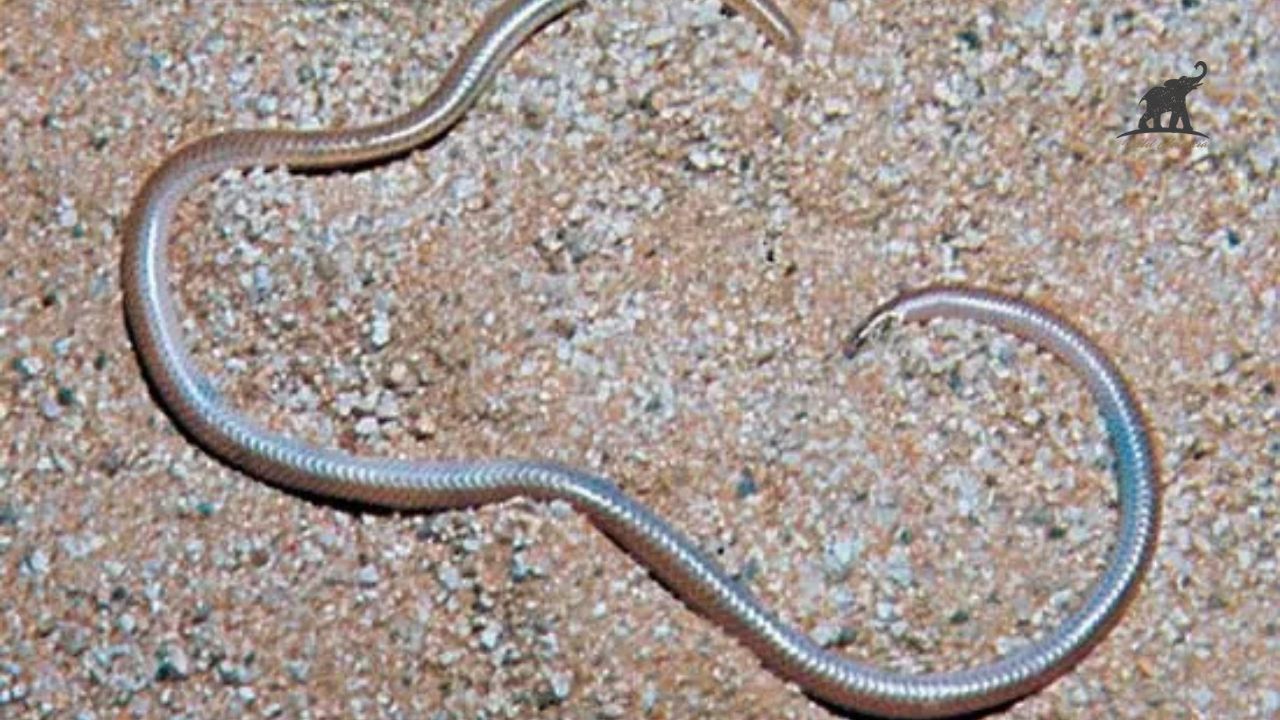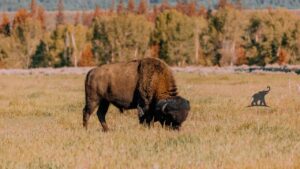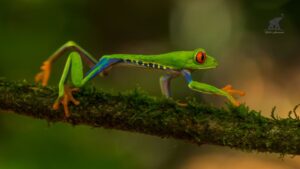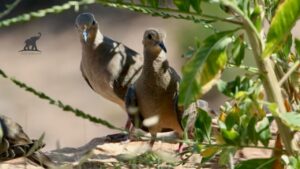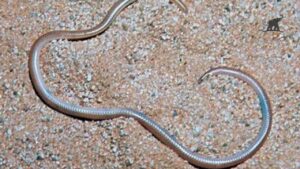The Barbados threadsnake is a charming and gentle reptile that should undeniably be on your radar if you have ever been inquiring about the attractive creatures that live in the Caribbean. The world’s smallest known species of miniature serpent is a surprising natural wonder. Additionally, the Barbados threadsnake is as elusive as a spaghetti strand. Despite only being a few inches long, it is essential to its ecosystem. This one-of-a-kind reptile’s habitat, impact, and physical characteristics will all be covered in detail today.
Quick Facts About the Barbados Threadsnake
To give you an overview of this tiny wonder, here’s a summary table with key facts:
| Attribute | Details |
| Scientific Name | Tetracheilostoma carlae |
| Size | Maximum length of about 4 inches |
| Weight | Less than 1 gram |
| Discovered By | Dr. Blair Hedges, 2008 |
| Habitat | Forested areas on the island of Barbados |
| Diet | Ant and termite larvae |
| Conservation Status | Data Deficient (IUCN Red List) |
What Makes the Barbados Threadsnake Unique?
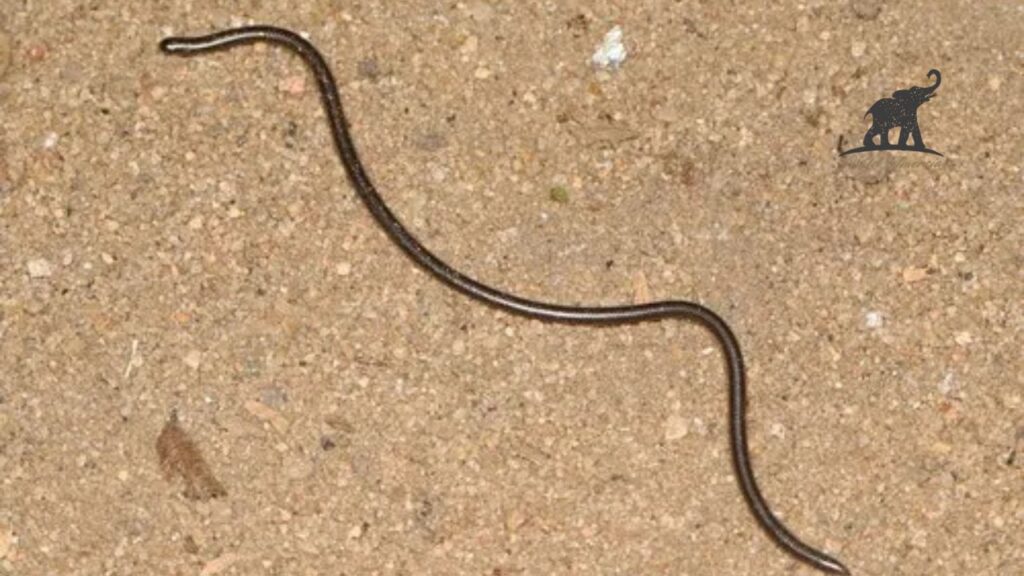
A Record Holder in the Animal Kingdom
Interestingly, Barbados threadsnake is the smallest known species of snakes. Measuring roughly the same length as an earthworm has; additionally, this diminutive creature has its tiny niche. In general we would say that this species of snakes is 20 times smaller than the average garden snake.
Appearance and Physical Characteristics
Covered in smooth, brownish-grey scales, the Barbados threadsnake is nearly worm-like in appearance. Its narrow body permits it to burrow naturally into soft soil and leaf litter. Most of the time it lives underground, therefore it has eyes that are less developed than those of other snake species. These snakes are non-venomous and pose no threat to humans.
Exploring the Habitat of the Barbados Threadsnake
Island of Barbados is only the major habitat of the Barbados threadsnake. These islands have forested areas that have a lot of moist leaf litter. It has chosen those habitats where it can easily burrow and find food. However, urbanization as well as deforestation has harmed its natural habitat over time, making sightings of it gradually exceptional.
Threats to Its Survival
The major threats include:
- Habitat Loss: Escalating agriculture and urbanization have condensed its natural habitat.
- Competition for Food: Larger insects and small predators are main competitors’ of Barbados threadsnake for its primary diet.
Discovering the Barbados Threadsnake
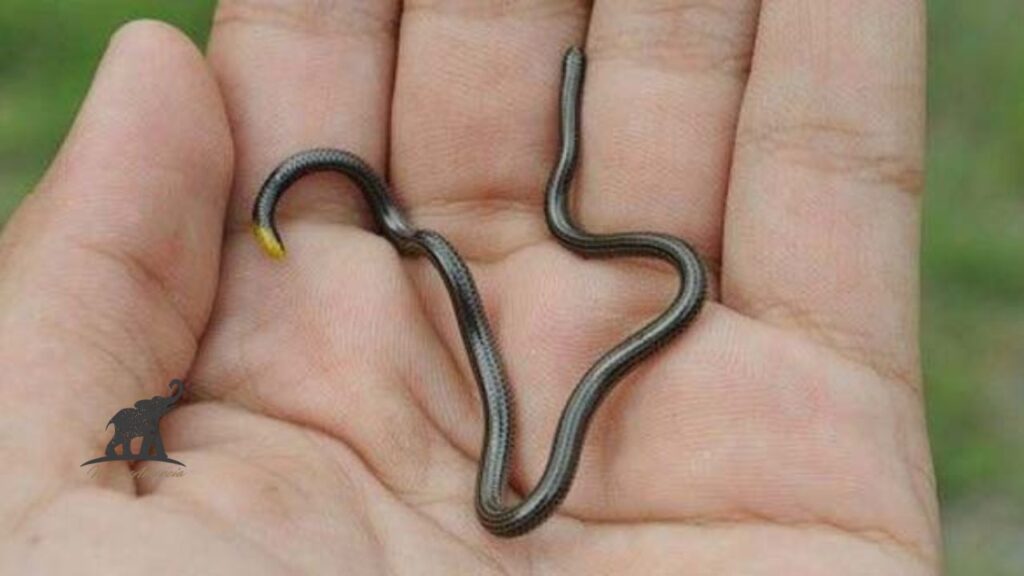
The Role of Dr. Blair Hedges
Herpetologist Dr. Blair Hedges officially classified the Barbados threadsnake as a new species in 2008. While exploring the island’s densely forested regions, he came across the snake. Dr. Hedges noted that the extremely small size of this species makes it particularly susceptible to changes in its environment. The Barbados threadsnake is thought to have a limited range beyond the island’s currently identified pockets. However, estimating its exact number remains difficult due to its elusive nature and low population.
Fascinating Behavioural Traits
Feeding Habits
The Barbados threadsnake is an effective predator despite its diminutive size, albeit on a smaller scale. Ant and termite larvae constitute the majority of its diet. The snake can get to food sources that many predators can’t because of its size and thin jaw.
Breeding Facts
One elongated egg is laid by the Barbados threadsnake at a time. In an incredible contrast to other reptiles, the hatchling of this species is only 1/2 of the mother’s size. The young snakes are better equipped to survive in their environment thanks to this adaptation.
Conservation Status and Efforts
- Experts warn that habitat destruction poses a significant threat to the Barbados threadsnake, even though it is officially listed as “Data Deficient” on the IUCN Red List. Already underway conservation measures include:
- Habitat Protection: Preservation of forested areas and reduction of urbanization encroachment.
- Research Initiatives: Various study projects are aimed to understand its population and behavior.
- Public Awareness: Inspiring locals to evade distressing forest habitats.
How You Can Help
Even if you are visitor at Barbados, you can play your role in aiding conservation efforts by:
- Through eco-friendly tourism initiatives.
- Avoiding interruption of natural ecosystem during hikes/tours.
- Donating to conservation organizations active in the Caribbean.
FAQs About the Barbados Threadsnake
1. What is the maximum length of Barbados threadsnake ?
The it has maximum length 4 inches or about the size of an earthworm. Therefore it is known as world’s smallest known species of snake.
2. Where Barbados threadsnake found in the world?
This species of snake is only found on Barbados (forested areas).
3. Is the Barbados threadsnake venomous?
No, this species is non-venomous to humans.
4. What are the major threats to the population of Barbados threadsnake?
Urbanization, food competition and a naturally small population are the major threats to this small creature.
5. Barbados threadsnake can be kept as a pet?
No, this species lives only in its natural habitat. It is neither recommended nor permitted to keep as a pet.
Final Thoughts
The Barbados threadsnake has a rich history despite its diminutive size. From its earthworm like size to its ecological function, this snake is a prime example of the amazing diversity of life on Earth.Because urbanization continues to threaten its habitat, it is more crucial than ever to increase awareness and support conservation efforts.You should spend some time admiring the delicate beauty of Barbados’ ecosystem, which is home to wonderful animals like the Barbados threadsnake, if you ever find yourself there.
Admin Recommendation
Cottonmouth Snakes in North Carolina (NC): Key Facts
The Fascinating World of Arctic Fox Fur
Experience the Majesty of Elk and Bison Prairie, KY
Cottonmouth Snakes in North Carolina (NC): Key Facts
Bald Eagle Spiritual Meaning: A Guide to Symbolism and Significance

